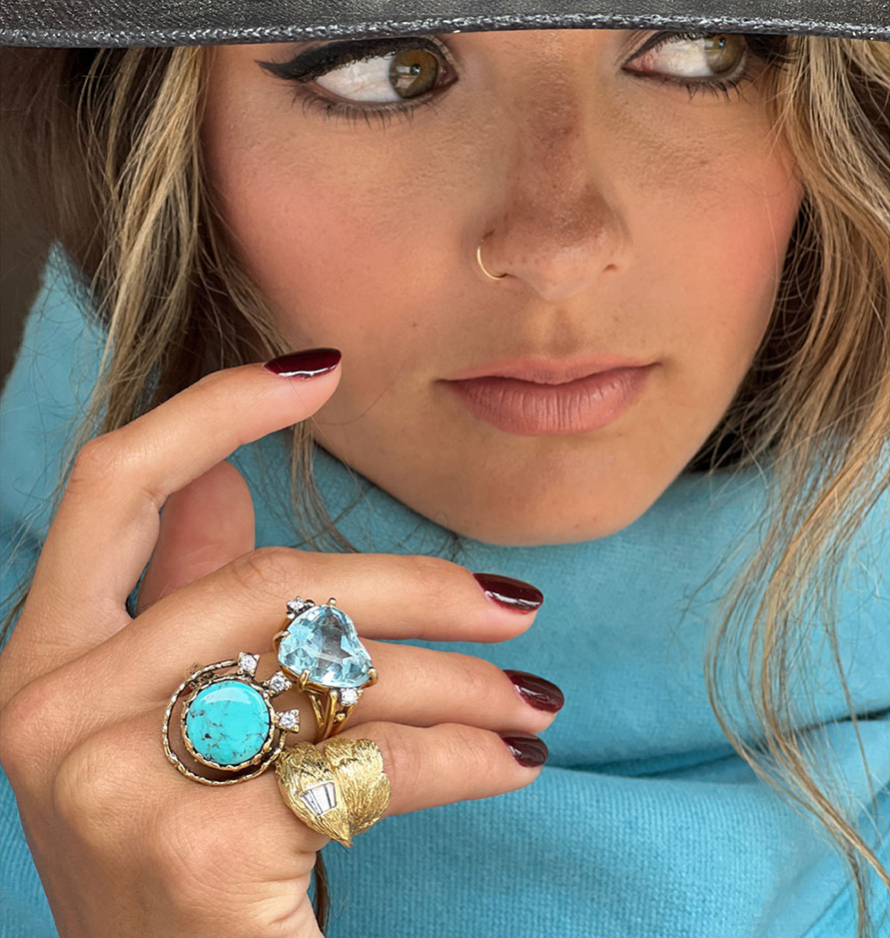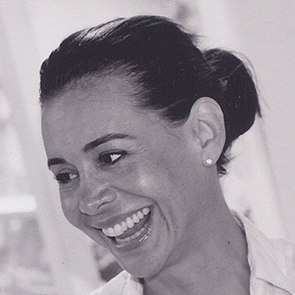This year’s economic news has been unsettling: bank failures, a possible recession, rising interest rates, inflation, and, yes, the seemingly never-ending post-pandemic fallout.
The fine jewelry industry—which saw record sales in 2021 and 2022, when the pandemic prevented consumers from spending on dining out, travel, and other experiences—has been bracing for a reckoning. After all, the Great Recession of 2008 is still clearly etched in jewelers’ memories, as is the fact that it took more than five years to bounce back to pre-recession levels, according to the U.S. Census Bureau Monthly Retail Trade Survey.
The National Retail Federation’s (NRF) monthly economic review in June acknowledged there are conflicting economic signs, but described the nation as heading into a “soft landing” rather than a full-blown recession.
“While survey data shows consumers do not have much confidence in the economy, actual spending data shows they were upbeat as the second quarter kicked off,” says NRF chief economist Jack Kleinhenz. “Consumer spending has been bolstered by a strong job market and rising wages, which have helped counter rising prices and higher borrowing costs. While it’s difficult to reconcile these views, what we’ve learned over the last several years is don’t count the American consumer out, at least not yet.”
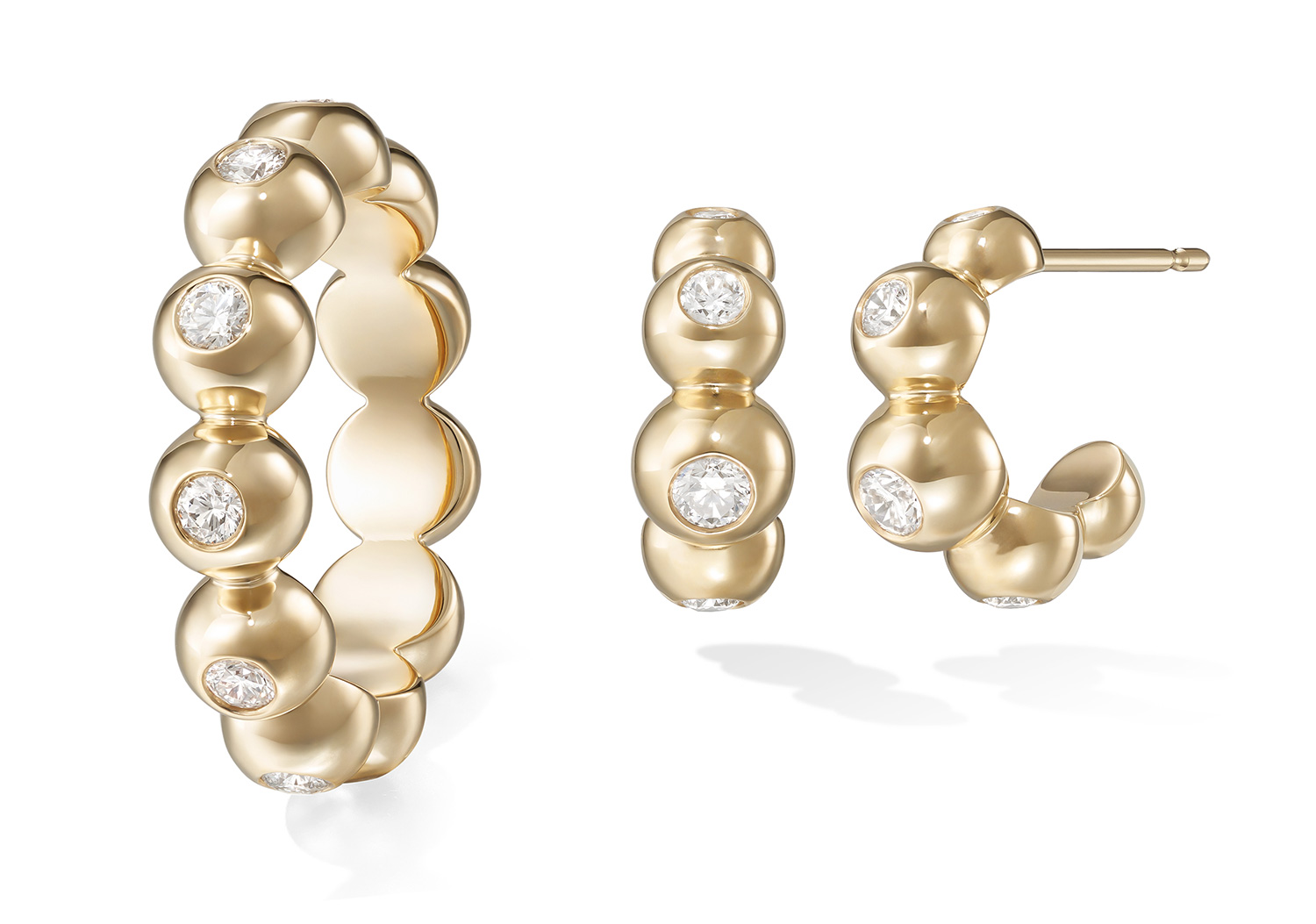
There does appear, however, to be a distinction between those catering to lower-income buyers and high-net-worth (HNW) individuals. Some mass-market jewelers are reporting the pinch.
Signet Jewelers, owner of retail chains Zales and Kay Jewelers, told investors in June that it would close as many as 150 stores and cut its forecasts for sales and profit for the remainder of the fiscal year (ending Feb. 3, 2024). The company attributed the slowdown to fewer wedding engagements as a result of COVID-19, coupled with consumers’ concerns about the direction of the economy and rising prices.
Meanwhile, the Luxury Institute—which tracks spending of HNW individuals (wealth of $1 million to $5 million) and ultra-high-net-worth (UHNW) individuals (wealth of $30 million or more)—predicted sales of fine jewelry and watches will rise by the high single digits this year. “Many HNWs are trading up because they love the pieces and they also see investment value,” Milton Pedraza, founder and CEO of the New York City–based firm, wrote in an email. “At this stage, if there is a slowdown, it will be mostly low-level affluents with higher income but low net worth. HNWs and UHNWs are still spending on top-tier brands, but if we get into a recession, that may change.”
Anecdotally, fine jewelry retailers who spoke to JCK in the wake of the JCK Las Vegas show in June say they have been gearing up for a slowdown, but so far it hasn’t come.
“If I’m sounding positive, I am,” says Paul Schneider, owner of Twist and TwistOnline.com, based in Portland, Ore. “Everybody has been anticipating things not going well, but it hasn’t really happened. April was really off, and we thought, ‘Here it comes,’ but May was a record across the website and stores in Seattle and Portland. Our first quarter was really good.”
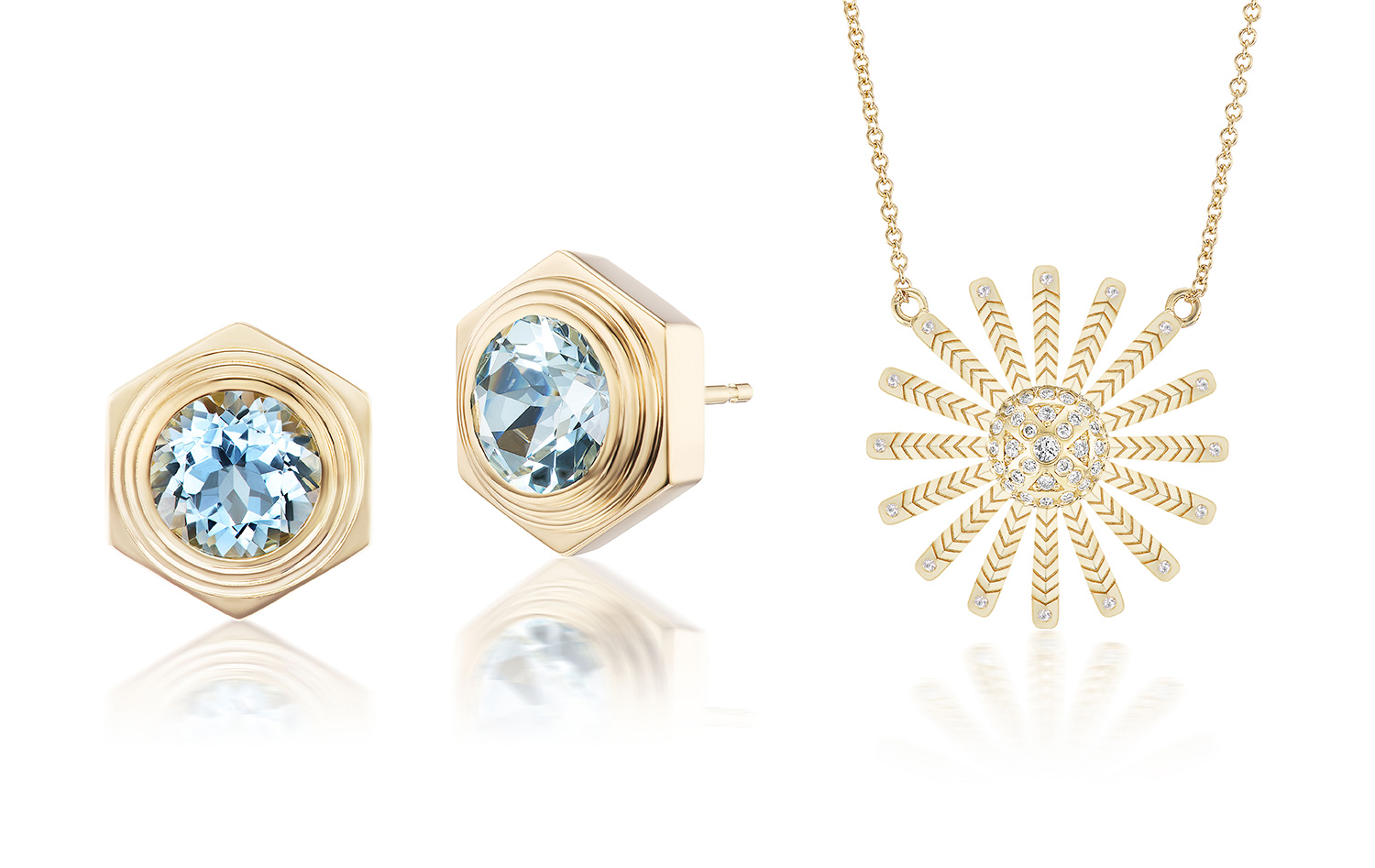
Schneider says Twist offers a range of jewelry price points and acknowledges that jewels in the higher brackets ($10,000 and above) are selling better than those at lower price points. The average sale remains around the $5,000 mark. As a result, Schneider is placing solid buys for the holiday season, despite the rising cost of materials.
Chrysa Cohen, owner of Continental Jewelers in Wilmington, Del., echoes Schneider’s optimism. “We’re ahead of last year by a couple of percentage points,” she says. During the pandemic, the retailer segued from a walk-in business model to a by-appointment model. “That means we have less traffic and more meaningful sales.”
Diversification has been key to Continental’s business strategy, she adds. The store features a little bit of everything, from engagement rings and wedding bands to pre-owned jewelry and colored gemstones. It also sells both natural and lab-grown diamonds. “Our lab-grown marketing is working,” says Cohen, noting that the store’s sales mix is now 70% natural and 30% lab-grown. What’s selling in the latter category? Mostly 2.5 to 3 ct. stones in marquise, pear, and oval shapes with a $4,000 price tag.
Other jewelers who promote natural diamonds say business is healthy because natural stones hold their value. Gemstone Jewelers Inc. in Derby, Kan., primarily sells natural diamonds, and business has been “fantastic,” according to owner Patti Schrag. “The public that we are dealing with wants natural,” she says. “They understand [natural diamonds] are an investment.”

Schrag’s customers are gravitating toward simple engagement ring styles such as solitaires or stones accented with small diamonds on either side. Younger couples are shopping in the $4,500 range, while more mature customers can spend up to $10,000. As for fashion jewelry, sapphires are still popular, as are diamond studs; the preferred metal is a “rich, buttery” 18k yellow gold, she says. Economic factors “don’t seem to be affecting us,” Schrag says.
On the other hand, Jim Rosenheim, owner and chairman of Tiny Jewel Box in Washington, D.C., reports that after two and a half years of “crazy growth,” his business has slowed somewhat. “You don’t have 40% growth on an ongoing basis in your career,” he says, referring to the post-pandemic spending frenzy. “It feels like the consumer is a bit more restrained right now, but my feeling is there’s still plenty of business out there.”
The D.C. outpost, whose clients have included Barbra Streisand and the late Washington Post chairman Katharine Graham, is also seeing robust demand for natural diamonds, specifically classic solitaire engagement rings as well as straight-line necklaces and bracelets.
“There’s no secondary market for lab-grown diamonds,” Rosenheim says. “It just doesn’t retain its value a like a natural stone.”
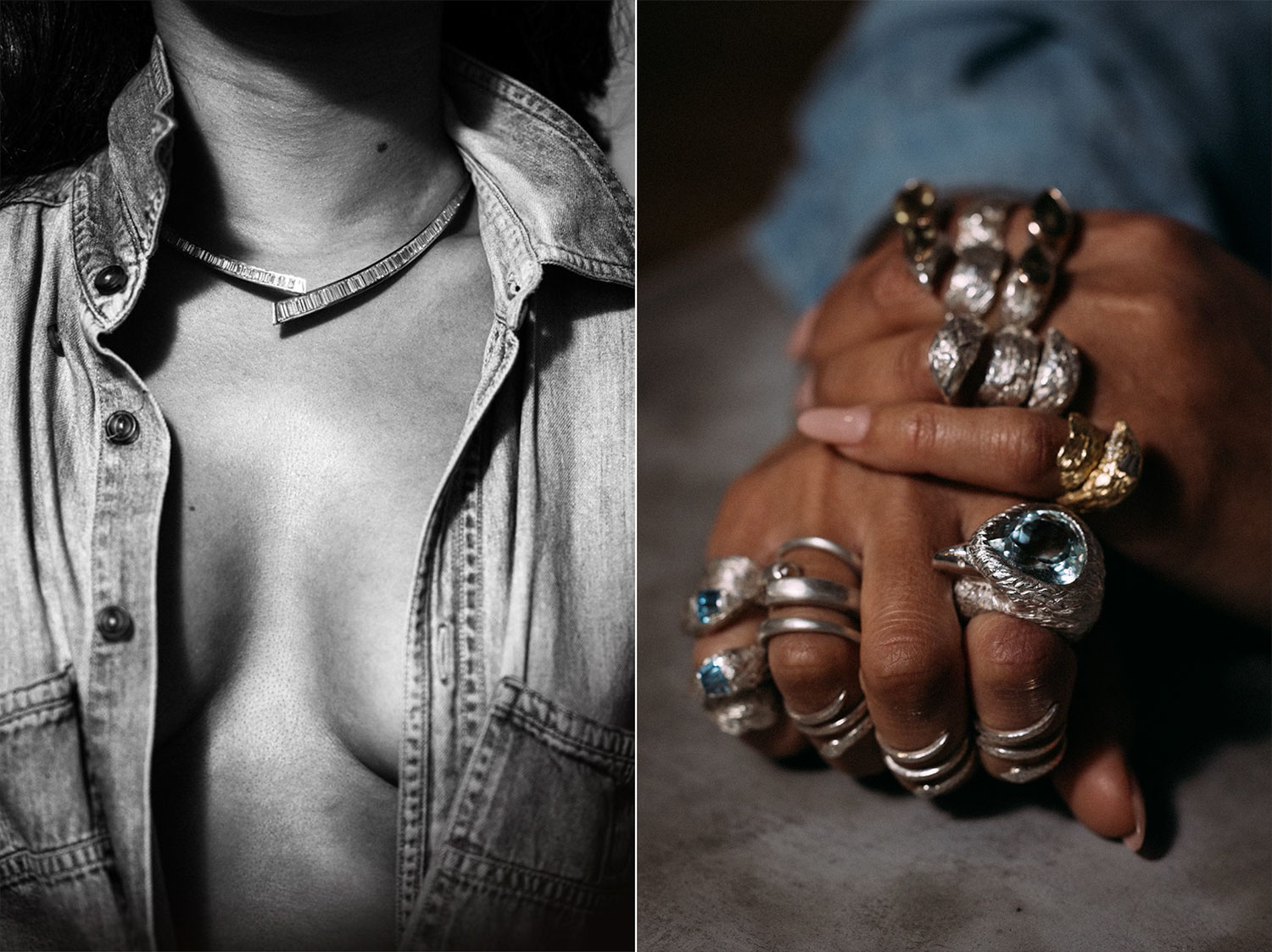
For Kathy Rose, who opened the by-appointment-only retail establishment Argyle & Valentine in Los Angeles earlier this year, consumers are shopping for heirloom pieces. They have been picking up sculptural one-of-a-kind jewels from design-driven brands such as House of Ravn, Diamonds Are Over, and Karma El Khalil. “I’ve noticed that consumers are more intentional and less about consuming,” Rose says. “They’re heirloom shopping, but they’re wearing the pieces instead of putting them in a jewelry box.” For the most part, Rose’s pricing sweet spot is between $2,000 and $5,000.
Fine jewelers tell JCK that while the post-pandemic boom may have been an anomaly for the history books, they’re not experiencing an apocalyptic correction either, particularly when it comes to investment pieces and other big-ticket items.
As Rosenheim puts it, if you’re in the fine jewelry game, you’re in for constant change and must plan accordingly. “Certainly, we’re affected by the economics of the time, the pandemic, and we really try to understand what’s behind people’s decisions and try to stay relevant to them—not just to make a sale but to make clients for life,” he says. “Ultimately, we play the long game.”
Top: Turquoise Lola ring by Jes Maharry; 18k yellow gold and diamond ring with aquamarine heart by Argyle & Valentine Estate Collection; 18k yellow gold and baguette diamond eagle ring by Kathy Rose; Argyle & Valentine (photo by Kathy Rose)
